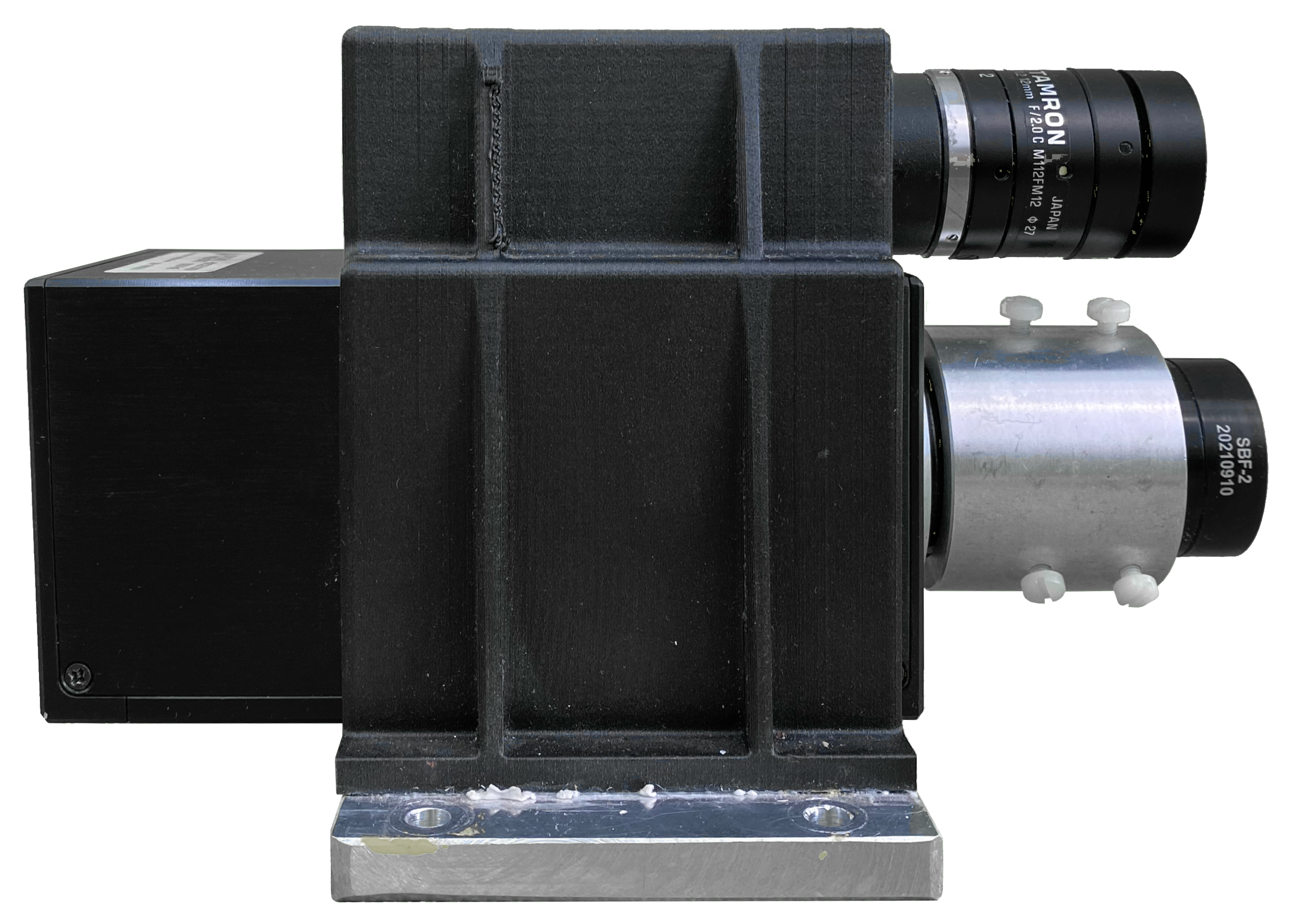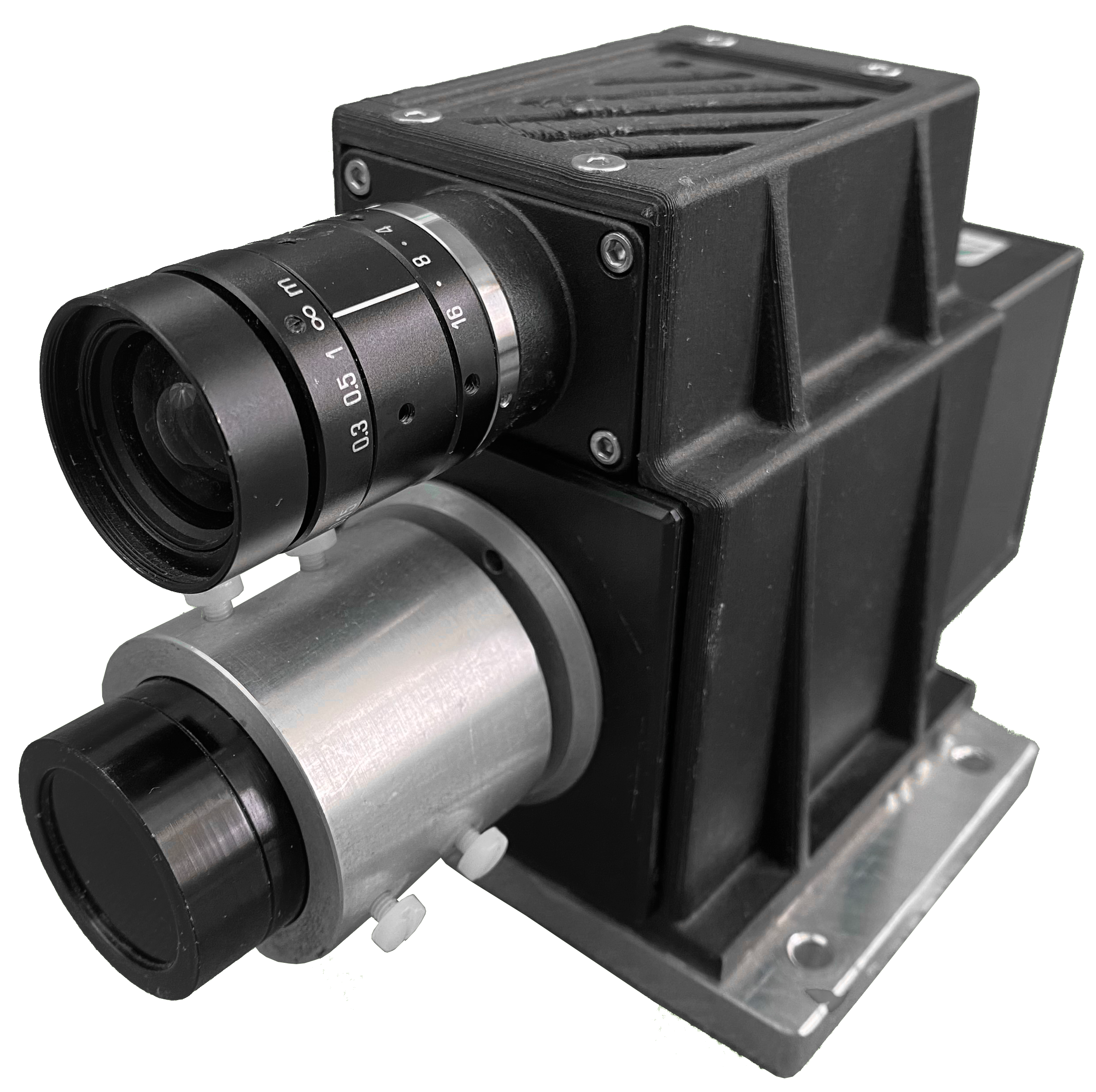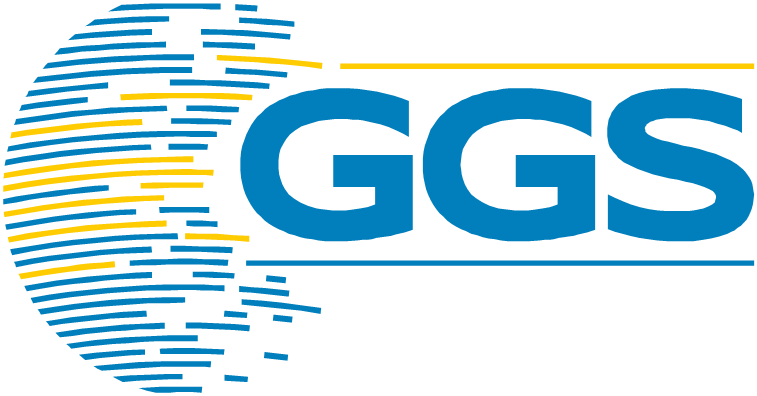Specific Solutions
Corona Camera
Our Corona Camera
A corona camera is a device used to detect electrical discharges in the atmosphere, also known as transient electrical discharges. These discharges generally occur near power lines or in electrical equipment when there is an accumulation of electrical charges in the air. The corona camera captures these discharges in the form of ultraviolet light emitted when the air around the electrical discharge is ionized. These images can be used to detect faults in electrical equipment, prevent breakdowns and ensure the safety of power lines.
Another important task in aerial inspection is the detection of unwanted discharges in the high voltage power transmission system.
Power lines are an important infrastructure and need special attention. Their functionality is of high importance for our life. Their monitoring is important to guarantee their sustainable operation. It is done mostly by aerial survey using different technologies. In addition to standard setups, e.g. LiDAR and high resolution RGB cameras, often UV cameras, so called Corona Cameras, are used to detect unwanted discharges. In many cases this UV cameras are combined along with RGB cameras with a similar field of view in order to superimpose the detected UV signals onto a visual image of the inspected objects. Discharges at power lines indicate findings that should be monitored with such additional sensors like thermal or high resolution mapping cameras then. The use of Corona-Cameras for such inspection work needs several steps of calibration, co registering and direct referencing methods in order to get them in a good georeference to the other sensors.


GGS is specialized in the calibration of these camera systems. Custom build systems fitting the customers needs can be provided.
The unwanted discharges are called Corona discharges and are not visible to the human eye, because emission takes place in the UV-spectrum. Detecting discharges needs a UV sensible camera with related lenses that consists of UV-permeable optical components in combination with a daylight blocking filter with a narrow bandwidth of 265nm +- 15 nm. Daylight blocking is important so that natural UV radiation does not interfere with the detection of unwanted discharges. The transmitted radiation must be amplified by a multi-stage UV sensitive amplifier and projected on a phosphorescent material which is connected to a CMOS Sensor via fiber optic components. The advantage using such a construction is, that behind the phosphorescent plane you can use any kind of industrial camera to capture the emitted photons. Because of the small spectrum a monochrome sensor is sufficient. As mentioned before, it is not necessary to put a sensor with bayern-pattern into the UV sensing system. So the optimal way is to use an achromatic sensor to capture the intensity of the multi-stage amplification.
Another task is to georeference the detected discharges while flight inspection takes place.
The basic idea of the UV and RGB Camera combination is to overlay detected UV radiation with the RGB image data. While the RGB Camera shows frames of the real scenery, the discharges create only single photon point-clouds visible as BW signal. The overlay of these points on the RGB image enables a real-time monitoring and to detect and inspect the place of discharge visually e.g. insulators, cable clamps etc.
Overlaying the image with high precision needs special tools and algorithms which the GGS specialized into over the past years.
Knowledge Center
You want to look deeper into details? Looking for applications with our technology? In our virtual library you find scientific papers, case-studies, webinars, brochures to download and many more.
Case Studies
Download Documents
Demo Data
Scientific Papers
How we may support you?
Contact us via phone or mail.
Experienced partner understand what you really need!
